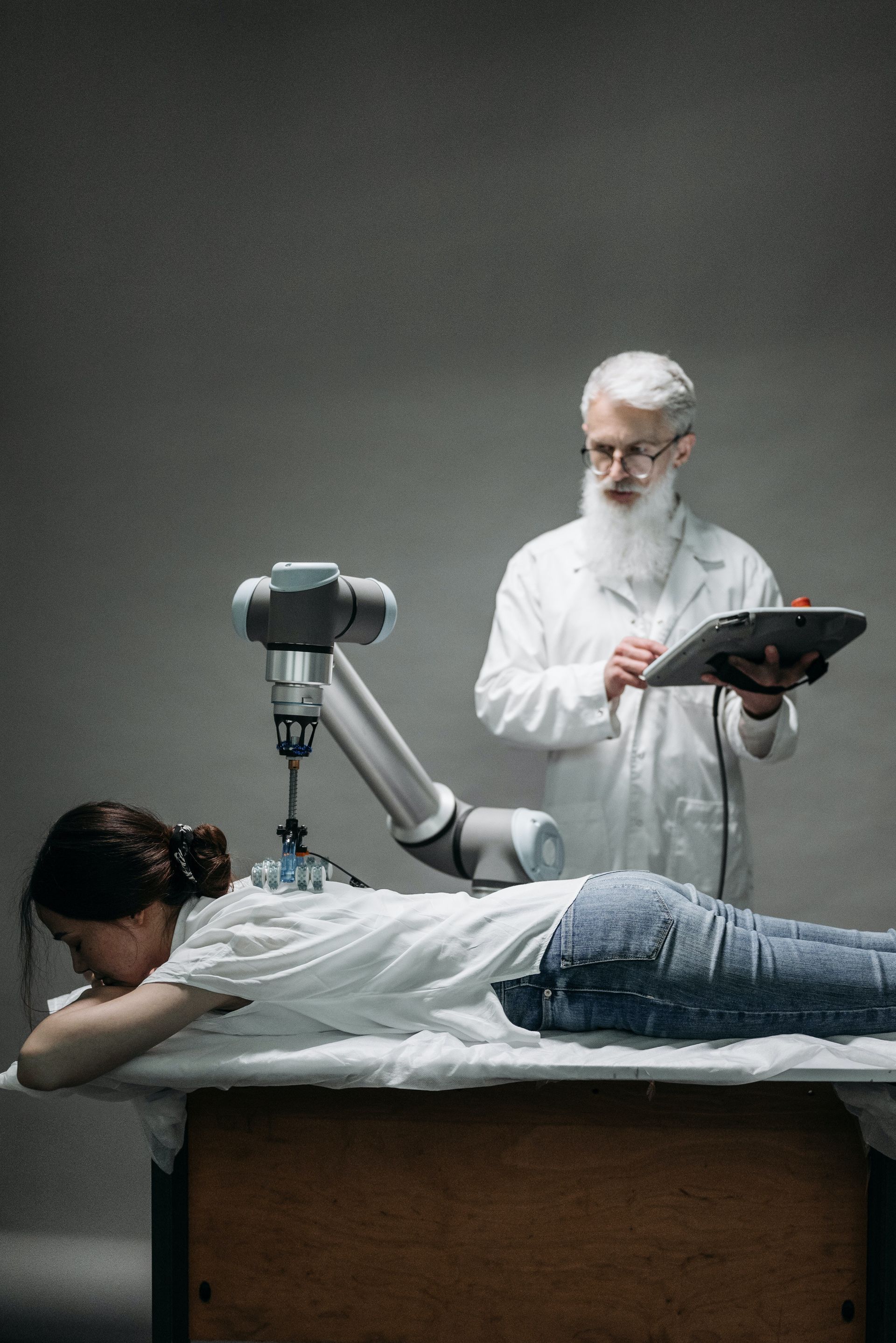Micro
Focus
groups
AI Grid is a network of small, highly specialized AI communities. Within these communities, AI Grid members share on their research work, initiate collaborations and build fruitful connections for the future. Over 50 communities will be created over time.
Become part of our community and find your suitable micro-focus-group
1. Apply on our website Community platform
AI Grid is an initiative that supports young talent in the field of AI. It is aimed at people from technology and computer science.
Applications are open for:
- Master's students with an AI-related master's thesis
- Doctoral student: those writing a doctoral thesis on AI
Our current micro-focus-groups can be found here.

HAI: Human-Computer-Interaction
Without a doubt, collaboration between humans and computers is one of the most important research aspects in the field of AI. We need to learn how to incorporate new technologies into our everyday lives to expand our capabilities and make our lives more efficient.

HAI: Human-Machine Teams
Collaboration between humans and AI is critical to success in solving complex digital problems. The fear that automation will take over jobs often dominates discussions about AI. But what if this promising possibility of human-AI collaboration simply makes certain tasks easier instead of taking them away and creates space for new activities?

Trustworthy AI/Trust in Biometrics
When our doctors make decisions, they must be correct. By analyzing large amounts of data, artificial intelligence can help significantly increase accuracy and support the decision-making process. However, it is important that the data is unbiased and the decision-making process is transparent so that we can best trust the joint decisions of doctors and AI.

ML: Deep Neural Networks
Deep neural networks (DNN) are an important factor in the rapid development of AI. The architecture consists of several layers of neurons, which process complex data and can be used in a variety of ways.

CV: Approach to Computer Vision
Teaching algorithms to process their visual environment is crucial to gaining deeper insights into our world. It is becoming increasingly important to process different types of data. This is especially true as the complexity of this data is constantly increasing.

ROB: Behavior Learning & Control
Robots are being used more and more frequently in our everyday lives. It is important that we explore how best to engage and train them to achieve a positive human-robot relationship.

ML: (Inverse) Reinforcement Learning
Reinforcement learning is a main framework in the field of machine learning. The group focuses on increasing the efficiency of algorithm development with the combination of reinforcement learning and the power of automated machine learning.

SNLP: Conversational AI/Dialogue Systems
In the era of ChatGPT, the study of large language models has become very important and the usage options are very diversified. That's why it's particularly important to create stable models.

Explainable AI
The need for understandable AI increases in line with the growing number of algorithms impacting our daily lives. By improving the interpretation of predictions produced by models, we can understand their behavior and optimize their performance.

CV: Medical and Biological Imaging
The use of computer vision methods in medicine is increasing rapidly. Generating reliable and accurate images of small tissue types holds enormous potential in the healthcare sector and promises great benefits for patients.

CV: Vision for Robotics & Autonomous Driving
Image recognition and processing are not only crucial for the future of autonomous driving, but also in robotics. LiDAR sensors and deep neural network architectures help accurately process different types of perceptions.

ML: Graph-based Machine Learning
Graph-based machine learning leverages interconnected data structures (graphs) to model relationships and dependencies. This approach enhances AI's ability to analyze and predict complex connections in various domains, from social networks to recommendation systems, enabling more insightful and accurate decision-making.

PEAI: Societal Impact of AI
Societal impact of AI is one of the most talked about topics in media at the moment due to its grave importance. Focusing on human-centered needs whether in applications in healthcare or governance of sociotechnological systems is essential.

ML: Multimodal Learning
As the world around us is complex, it is important to incorporate multiple modalities into systems created to support humans whether it is in medicine as robotic surgical assistants or other work environments.







